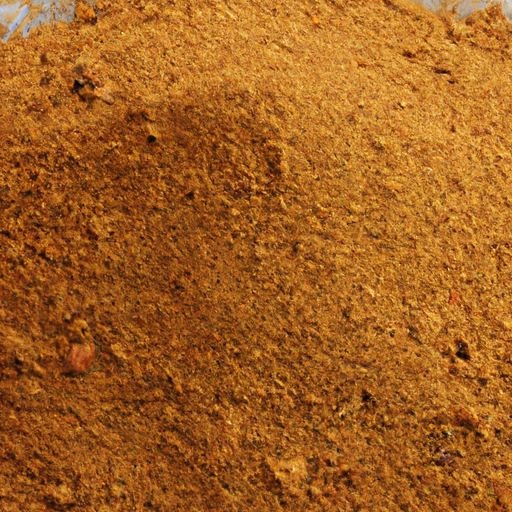Masala
Description

Masala is a term used in South Asian cuisine to describe a blend of spices that is used to flavor dishes. This spice mix is the backbone of many recipes, providing warmth, depth, and complex flavors that are synonymous with the regions' cuisines. The composition of masala can vary greatly depending on the dish it's used in and the personal preferences of the cook, ranging from mild to intensely spicy blends. Masalas can be either dry or wet, with the latter often incorporating fresh ingredients like garlic and ginger.
Common uses
Masala is commonly used in preparing curries, soups, marinades, and rubs. It can also be used as a seasoning for snacks like roasted nuts or for flavoring savory dishes such as rice, vegetables, and meats.
Nutritional value
Calories
Calories in masala can vary widely based on the ingredients and their proportions in the blend. Typically, a teaspoon (about 2 grams) of masala might contain approximately 6 calories.
Protein
Masala contains a marginal amount of protein, primarily coming from spices such as cumin and coriander.
Fat
Generally, masala has a low fat content unless it includes nuts or seeds, like in some garam masala recipes which may contain cardamom pods.
Carbohydrates
The carbohydrate content in masala is primarily due to natural sugars found in spices. A small serving size contains minimal carbohydrates.
Vitamins
Many masala blends are rich in vitamins, particularly vitamin C from spices like chili peppers and vitamin A from turmeric.
Minerals
Spices in masala can contribute minerals such as iron from cumin, calcium from coriander, and potassium from cardamom.
Health benefits
Masala is well-regarded for its potential health benefits, which include anti-inflammatory properties, aiding digestion, and boosting immunity, thanks to the variety of spices that each carry numerous health benefits.
Potential risks
While masala itself is not inherently risky, overconsumption can lead to digestive issues for some individuals. Additionally, people with specific spice allergies should be cautious of the ingredients in masala blends.
Common recipes
Masala is key in recipes for dishes like chicken tikka masala, masala chai, and biryanis. It's also used in various spice rubs and marinades.
Cooking methods
Common methods of cooking with masala include sautéing to release the flavors, simmering in liquids for curries and stews, and seasoning during or after cooking.
Pairing with other ingredients
Masala pairs well with proteins such as chicken, lamb, and paneer, as well as legumes like lentils and chickpeas. It also complements vegetables such as cauliflower, potatoes, and spinach.
Summary
In summary, masala is a versatile and flavorful ingredient that can transform the simplest of dishes into a feast for the senses. With its rich history and variety of health benefits, it's a staple in South Asian cuisine and a beloved addition to kitchens around the world.